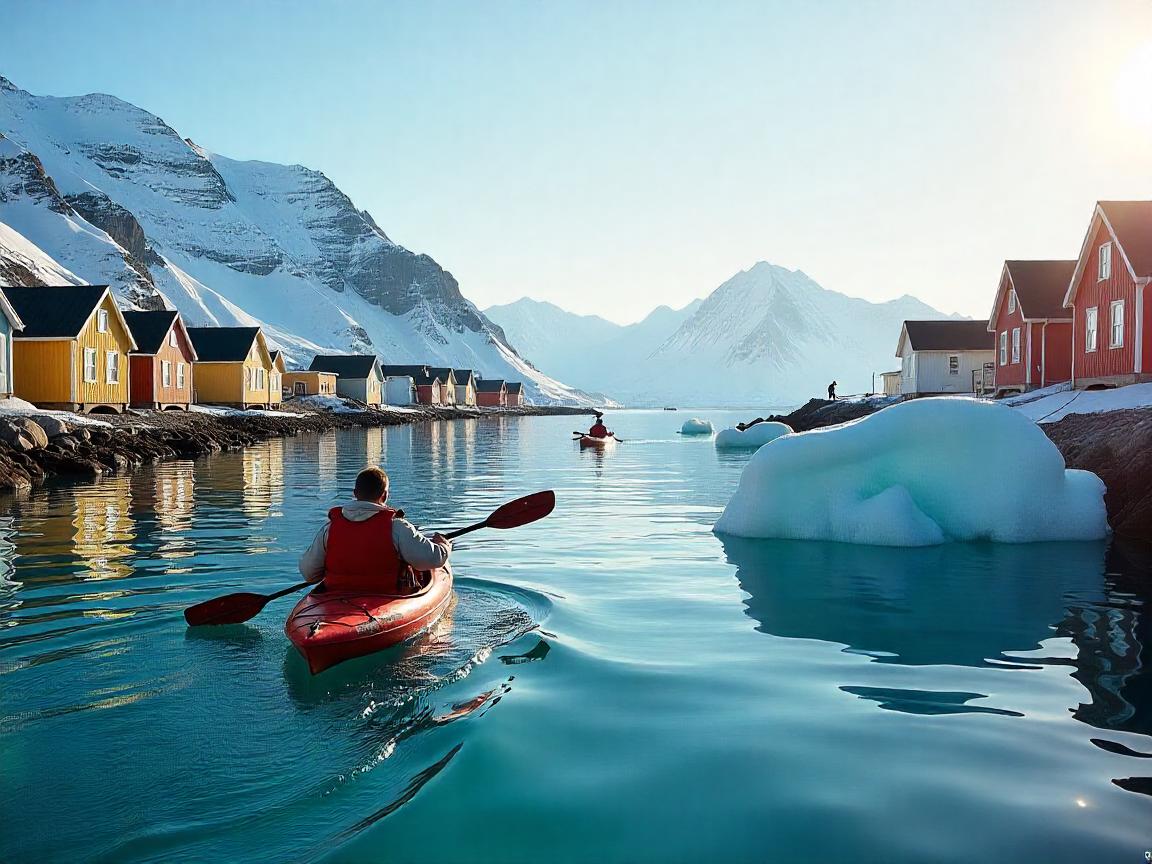Introduction
Tourism is witnessing a notable upswing in colder regions, particularly with the recent advancements in cross-border travel between key nations. This article delves into the dynamics of tourism development in these cold regions, focusing on the growth of travel between China and Russia, and exploring the potential for enhancing tourist experiences, especially regarding transportation and accessibility.
Rapid Growth in Cross-Border Tourism
The momentum in cross-border tourism has been significantly influenced by the resumption of visa-free travel for tour groups, which has catalyzed tourism growth between China and Russia. The northeastern provinces of China, namely Heilongjiang, Jilin, and Liaoning, are strategically positioned to leverage this connection due to their geographical advantages and rich cultural heritage.
Strengthening Tourism Cooperation
To optimize the benefits of this resurgence, the region must transition from a model primarily focused on transit tourism to one emphasizing in-depth tourism experiences. This means taking concrete action on multiple fronts, including:
- Visa Facilitation: Streamlining the visa processes can be pivotal. Currently, the mutual visa-free policy applies only to groups of three or more. Introducing flexibilities, like a 72-hour visa-free transit policy in cities such as Harbin, has the potential to enhance accessibility for tourists.
- Innovative Products: Providing diverse travel products tailored to various interests will be crucial in attracting different segments of tourists.
- Transportation and Infrastructure: Improving transportation services, including increasing flight frequencies and establishing high-speed rail links, will heighten accessibility and reduce transfer times for travelers.
Enhancing the Visitor Experience
A key challenge for the region lies in shifting tourism patterns, particularly in terms of seasonal fluctuations that currently favor winter tourism. In order to move beyond the cyclical nature of winter tourism, there are several strategies to consider:
- Spring and Summer Attractions: By capitalizing on the rich natural resources and cultural events available during other seasons, the region can attract visitors year-round.
- Showcasing Local Cultures: Emphasizing ethnic groups’ cultural festivals alongside local culinary offerings can provide tourists with a more enriched experience.
Creating Collaborative Tourism Routes
Joint initiatives can also pave a way for connecting tour routes. Proposed collaborations like the “Northeast China-Siberia” ecological tourism route or “red tourism linkage” routes can bridge the natural beauty of both Siberia and Northeast China. This approach not only fosters a greater appreciation for the local ecosystems but significantly enhances the unique value proposition that these regions offer.
Addressing Transportation Challenges
Despite the promising growth potentials, certain transportation challenges remain. Insufficient connectivity and underutilized transportation options can hamper tourism development. Effective solutions may include:
- Increased Flight Options: Enhancing the frequency of flights on key routes such as Harbin-Vladivostok and Shenyang-Moscow during peak travel seasons.
- Expansion of Rail Services: Extending high-speed rail services to regional borders is critical. Proposals like the Harbin-Heihe line can diminish bottlenecks and make travel more manageable.
Implementing Bilingual Services
In a bid to enhance communication and cater to an international audience, the introduction of bilingual services is essential. Installing dual-language signage and offering payment solutions compatible with both nations can significantly improve the travel experience for visitors, making it simpler and more enjoyable.
Festivals and Cultural Promotion
Organizing festivals in major Russian cities to promote Northeastern culture can create immersive experiences that encourage interaction between local residents and visitors. Incorporating activities that appeal to a variety of age groups and interests can enrich the offerings available to tourists.
Conclusion
The evolving tourism landscape in cold regions presents an array of opportunities for growth and enhanced visitor experiences. Analyzing and implementing strategies for improved accessibility, product diversification, and strengthened collaboration can pave the way for these regions to become established travel destinations. Platforms like LocalsRide can play a significant role in this transition by providing targeted transportation options, allowing travelers to book the right vehicle for their needs. LocalsRide allows users to select their specific vehicle, view comprehensive details like make, model, and ratings beforehand, and offers a transparent process that improves the booking experience. By offering flexibility, affordability, and enhanced service choices, LocalsRide is indeed a supporter of travelers exploring cold regions confidently, ensuring they enjoy rich and fulfilling experiences.
The rise of tourism in these cold areas not only promises economic benefits but also fosters cultural exchange and relationships between regions. All in all, investing in the right resources for transportation and tourism will undoubtedly ensure that both travelers and residents alike reap the benefits of this growing industry. Reach for those travel goals and consider booking a personalized transfer with the convenience, transparency, and remarkable experiences offered at LocalsRide.com today!

